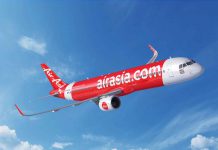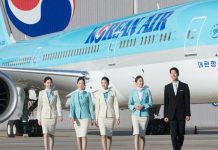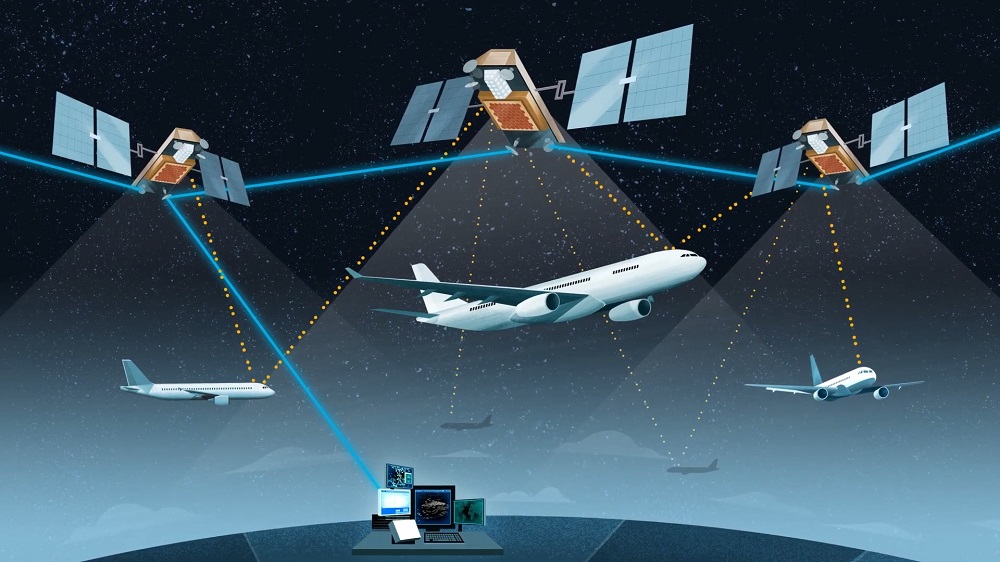Space-based Automatic Dependent Surveillance-Broadcast (ADS-B) is a mouthful that will revolutionize the way aircraft fly and it has just gone live in trial across the North Atlantic.
In a move that air navigation technology provider Aireon rightly claims marks a new chapter in aviation history, the system provides real-time air traffic surveillance of all ADS-B equipped aircraft across the planet.
It will help minimize the chances of another airliner disappearing like Malaysia Airlines MH370 and help provide additional insights into aircraft accidents.
READ: FAA expects Boeing 737 MAX software fix over coming weeks.
NAV Canada and the UK’s NATS are the first air traffic control providers to use the service and predict it will reduce overall flight safety risks by about 76 percent. They are also among a group of investors backing Aireon.
Aireon says improved visibility and control over airspace will allow airlines to fly routes at optimal speeds and levels, saving about $US300 per trans-Atlantic flight and roughly two tonnes per flight of CO2 emissions.
That might not sound huge on a per plane basis but multiply it by about 500,000 flights a year crossing the world’s busiest oceanic airspace and the implications become obvious. That traffic is expected to increase to 800,000 flights a year by 2030.
ADS-B is already used in conjunction with ground stations and relies on aircraft broadcasting every half second their identity, a precise Global Positioning System (GPS) location and other information such as altitude, heading and speed.
Aireon takes that a step further by using the Iridium NEXT satellite constellation to provide full, continuous air traffic surveillance across the globe.
The globe-spanning technology compares with coverage by conventional ground-based systems of about 30 percent of the Earth’s surface and position updates every 10 to 14 minutes.
“For the first time in history, we can surveil all ADS-B-equipped aircraft anywhere on earth,” said Aireon chief executive Don Thoma.
“Our air transportation system has operated with a safe but less than efficient system in the 70 percent of the world that does not have real-time surveillance.
“With the launch of our space-based ADS-B service, Aireon now provides a real-time solution to that challenge—one that will radically optimize flight safety and efficiency.”
The trial over the Atlantic will allow air traffic controllers to reduce the in-trail separation between aircraft from 40 nautical miles to 14nm.
NAV Canada chief executive Neil Wilson described space-based ADS-B as a transformation change to how air traffic controllers manage traffic.
“The Aireon system provides an immediate boost to aviation safety and airlines will benefit from more fuel-efficient routings and flight levels,’’ he said.
“Over 95 percent of the North Atlantic traffic is already ADS-B equipped so the fuel savings, along with the reduced carbon dioxide emissions will be attained very quickly.”
NATS chief executive Martin Rolfe predicted the trial would demonstrate to the aviation industry how space-based AdSB could revolutionize the service air navigation service providers provide to airlines and the public.
























